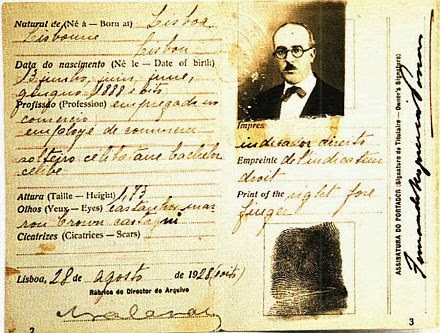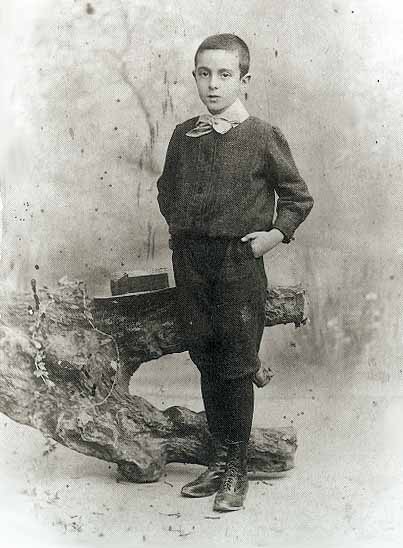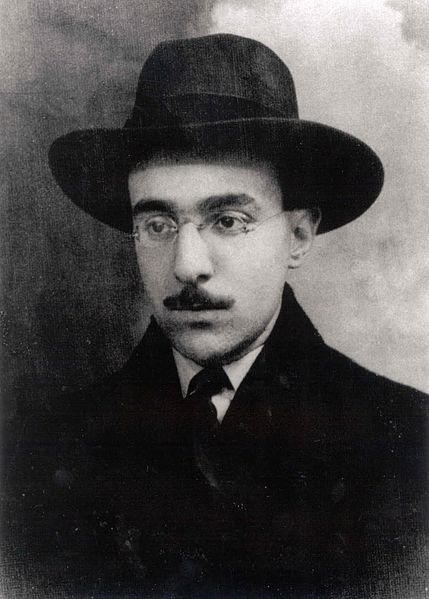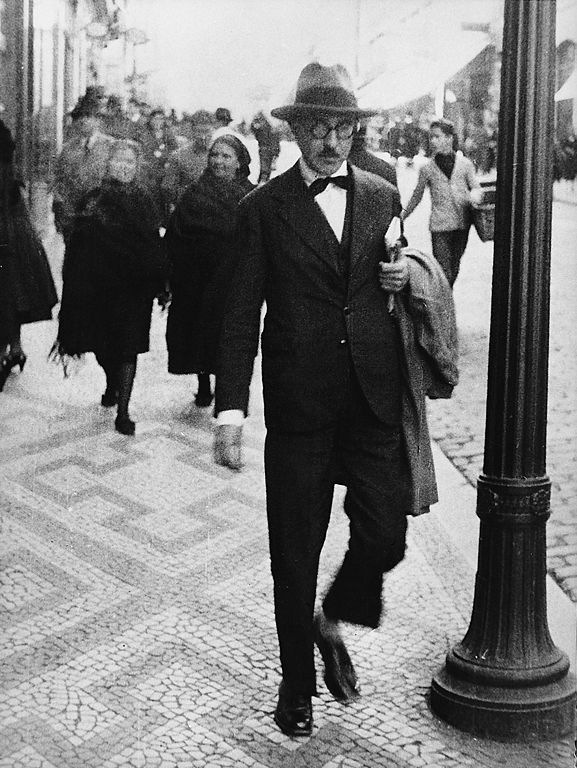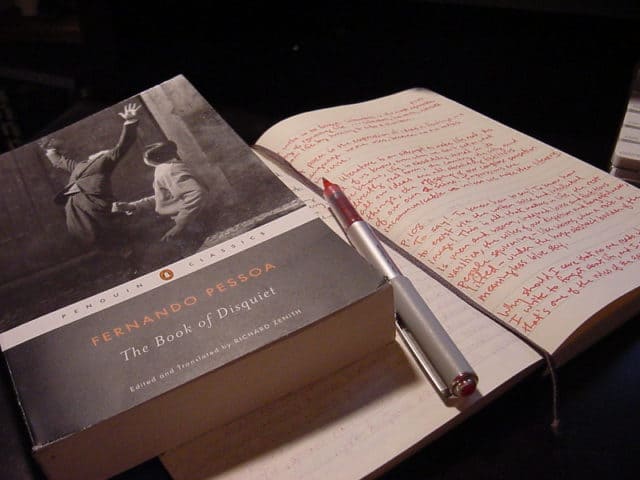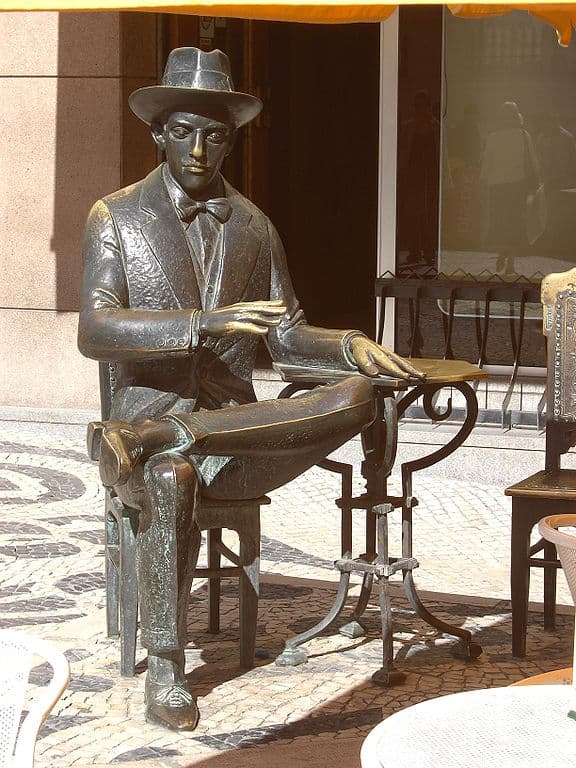Top 10 facts about Fernando Pessoa
Fernando Pessoa is one of the most famous Portuguese writers. He is known for making Portuguese literature known across the globe, and he is well-loved both in Portugal and internationally.
Pessoa was also heavily involved in the Modernist movement, an art and literary movement which took place in the early 20th century. I personally love this era for literature and art, and Pessoa is one of my personal favorites. He was quite an interesting character, and lived a fascinating, albeit short, life. Keep reading for the top 10 facts about Fernando Pessoa!
1. Pessoa spent much of his childhood in South Africa
Pessoa was born in Lisbon in 1888. He lost his father at the young age of 5 and his mother remarried soon after. Pessoa’s stepfather worked for the Portuguese government as the consulate general in Durban, South Africa. When Pessoa was 7 years old, he, his mother, and his new stepfather moved to Durban. Pessoa would live there until he was 17 years old.
Over the course of the 10 years he spent in South Africa, Pessoa was able to master the English language.
2. Pessoa rarely wrote in his native language of Portuguese
Thanks to years in South Africa and the schooling he received there, Pessoa spoke and wrote in English very well. After his 17th birthday, Pessoa decided to enroll in the University of Lisbon. He quickly realized that university wasn’t for him, and dropped out after just 8 months of class.
Perhaps Pessoa just didn’t like studying in Portuguese. As he grew older, his dream of becoming a famous English poet grew and grew, which is why most of his works were written in English. He began to write seriously in 1913 by writing literary criticisms, and by 1913-1914, he had moved onto to Modernist poetry and prose.
3. Pessoa was a part of the Modernist movement
As mentioned, Pessoa played a huge role in the Modernist movement and was the figurehead of the movement in Portugal. The Modernist movement stemmed from artists and writers that had fought in the First World War. These creatives were traumatized by the horrors that they saw on the battlefield and had become fairly jaded.
At the time, Romanticism was all the rage, but the style didn’t mesh well with what young writers and artists were going through. They wanted to dump Romantic clichés and create something new. Although Pessoa didn’t fight in World War I, he was influenced by his peers and what he read in the newspaper.
4. Pessoa had 72 pseudonyms that he called “heteronyms”
A pseudonym, which is sometimes referred to as a pen name, is a name that writers or artists adopt in order to keep their identity a secret. It’s common for writers to take on pseudonyms, but Pessoa took things to the extreme. He decided to dedicate his entire life to his pseudonyms, which he called “heteronyms.” He called his plans his project and dived headfirst into the world of his made-up alter egos. Over the course of his career, he published his writings under no less than 72 different names.
5. But, Pessoa had 3 preferred alter egos
Although Pessoa’s list of heteronyms was lengthy, he gravitated towards 3 of them. His favorite alter egos were:
- Alberto Caeiro: An uneducated poet who lived in the countryside of Portugal and who mastered the art of free verse.
- Ricardo Reis: A doctor that wrote sentimental ode poetry, and who was inspired by the Roman poet Horace.
- Álvaro de Campos: A bisexual naval engineer who lived in London and admired the American poet Walt Whitman.
6. Each heteronym had a different style and personality
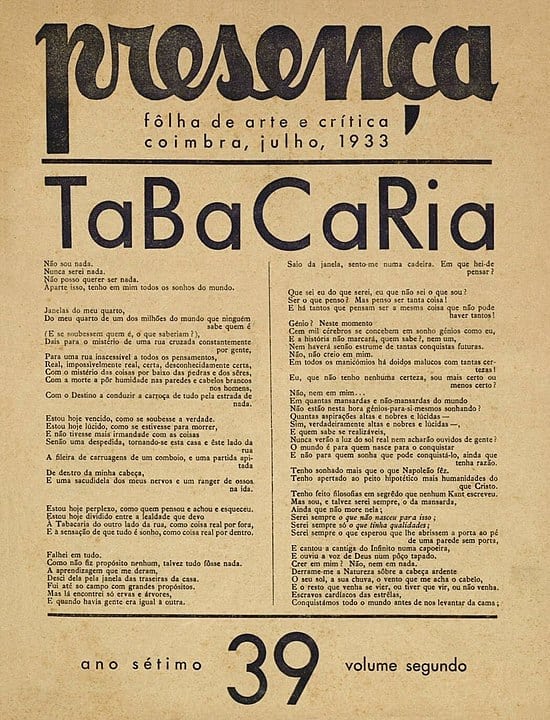
“The Tobacco Shop” (Tabacaria), poem by Álvaro de Campos first published in the literary journal from Coimbra, Presença, in July 1933 – WikiCommons
Not only did Pessoa create different names, as you can see above he also gave his heteronyms different background stories, personality traits, and even different writing styles. In this way, it becomes obvious that in order for his project to be a success, he truly did have to dedicate his life to the creation of his alter egos.
Each heteronym specialized in a different type of writing, and they also communicated with one another through magazines and literary reviews that Pessoa worked for.
7. Pessoa published just 4 books in his lifetime
Although Pessoa published an enormous amount of critiques, reviews, magazine and newspaper articles, essays, and poems, he only published 4 books while he was still alive. All of the books were books of poetry and 3 of them were written in English:
- Antinous, Pessoa’s first book of English poems published in 1918
- Sonnets, his second book of English poems published in 1918
- English Poems, his last book of English poetry published in 1921
- Mensagem, Pessoa’s only book of Portuguese poetry, which translates to “Message” in English, published in 1933
8. Pessoa died at a young age
In November 1935, Pessoa died at the young age of 47 from cirrhosis of the liver, or, liver failure. Most historians credit alcoholism as the cause of his death. According to Pessoa’s biographers, when he was taken to the hospital he wrote (in English), “I don’t know what tomorrow will bring.” He died the next day.
9. Pessoa’s work was largely unknown until after his death
After Pessoa’s death, his publishers found over 25,000 pages of unpublished work. One of his greatest masterpieces, The Book of Disquiet, was found amongst the manuscripts. It was one of the rare books that Pessoa wrote in Portuguese. The original title is Livro do Desassossego: Composto por Bernardo Soares, ajudante de guarda-livros na cidade de Lisboa, and it was written by heteronym Bernardo Soares.
Some critics argue that the book isn’t written the way that Pessoa would have wanted due to the fact it was assembled through the notes that he left behind and not by his own hand. In any case, it is one of Pessoa’s most-read works and it has been translated into 5 different languages.
10. There is a tribute statue of Pessoa in a Lisbon café
There is a scene in The Book of Disquiet in which Pessoa’s heteronym Soares is in a café and sees Pessoa. Soares observes Pessoa, who is actually himself…or is it? Try not to get too bogged down in the details or you might go crazy! I digress. Soares writes a beautiful passage on Pessoa as he sees him in a café. Today, there is a statue in the same café (Cafe A Brasileira in Lisbon) which is dedicated to the Portuguese writer.
Conclusion
Try not to get too confused by all of Fernando Pessoa’s pseudonyms, pen names, alter ego, and heteronyms. All you need to remember is that this Portuguese poet is definitely worth your while! I suggest you start with The Book of Disquiet and work your way up to his English poetry!
If you’re in Lisbon and want to learn more about the famous people who lived there, hop on one of our walking tours with our local guides! Click here to learn about the different tours available and to make your booking.
Planning a trip to Paris ? Get ready !
These are Amazon’s best-selling travel products that you may need for coming to Paris.
Bookstore
- The best travel book : Rick Steves – Paris 2023 – Learn more here
- Fodor’s Paris 2024 – Learn more here
Travel Gear
- Venture Pal Lightweight Backpack – Learn more here
- Samsonite Winfield 2 28″ Luggage – Learn more here
- Swig Savvy’s Stainless Steel Insulated Water Bottle – Learn more here
Check Amazon’s best-seller list for the most popular travel accessories. We sometimes read this list just to find out what new travel products people are buying.

